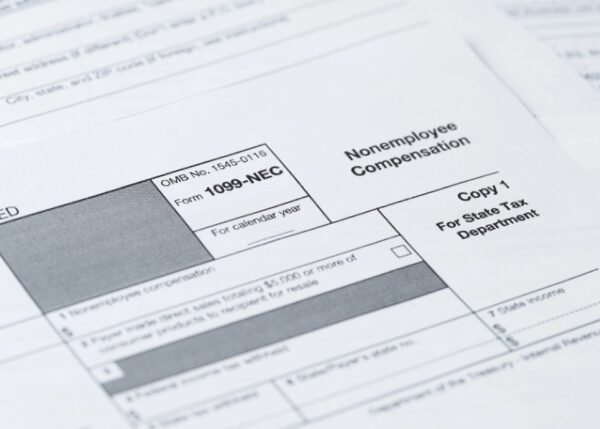After months of debate, Congress has passed an enormous budget reconciliation bill with a wide range of tax changes affecting small businesses and individual taxpayers alike. While the headlines focus on sweeping economic measures, many of the provisions could directly shape how dental practices operate, invest, and plan ahead.
If you own or manage a dental practice, here are the highlights you should know and steps you might consider in response.
New Incentives for Equipment and Technology Investments
One of the most significant changes is the return of full expensing for major purchases. If you’re planning to upgrade your equipment, invest in advanced imaging technology, or modernize your administrative systems, the revised Section 179 rules will allow you to deduct up to $2.5 million of qualifying purchases in the year you buy them.
Previously, deductions had to be spread out over time, but the accelerated write-off can now provide immediate tax relief and help improve cash flow. Keep in mind that if your total qualifying purchases exceed $4 million, the deduction begins to phase out.
More Room to Deduct Interest Expenses
If you’ve taken out loans to renovate your office, open a second location, or acquire another practice, the rules for deducting interest payments just became more favorable. The new law allows interest deductions to be calculated using EBITDA, earnings before interest, taxes, depreciation, and amortization, rather than the narrower EBIT measure.
This adjustment increases the amount you can deduct each year, which can be especially helpful for practices carrying debt from growth or equipment financing.
Expanded Research and Development (R&D) Deductions
While many dental practices don’t think of themselves as research businesses, certain investments – like developing proprietary patient education materials, implementing new digital workflows, or testing innovative service models – can qualify for R&D deductions. Under the bill, smaller businesses with less than $31 million in gross receipts (which is most dental practices) can immediately deduct eligible R&D costs rather than amortizing them over time. This change rewards innovation and may help offset the expense of improving patient care.
QSBS Exclusion Returns for C-Corporations
If your practice is organized as a C-corporation and you’re considering selling your business in the next few years, take note of the revived Qualified Small Business Stock (QSBS) exclusions. Owners who meet certain requirements, including holding their shares for at least five years, may be able to exclude up to 100% of gains from federal tax when they sell. This could translate into substantial tax savings at the time of exit or succession planning.
SALT Deduction Cap Temporarily Increased
The bill raises the cap on state and local tax (SALT) deductions to $40,000, with a gradual phaseout beginning at $500,000 of income. However, this relief is temporary; the cap is scheduled to revert to $10,000 in 2030. For dental practice owners, especially those operating pass-through entities, this creates a narrow planning window. It’s a good time to reevaluate whether the entity-level SALT workaround remains effective and how to best optimize deductions while the higher cap is in place. Strategic tax planning now can help minimize liabilities before the cap drops again.
Personal Tax Changes That Matter to Practice Owners
While these business provisions can influence practice finances, there are also personal tax updates to be aware of:
- Expanded Child Tax Credit: Temporarily increased to up to $2,500 per qualifying child, with more flexibility in how it phases in.
- New Deductions for Common Expenses:
- Up to $6,000 in additional standard deduction for taxpayers over 65.
- Interest deductions on loans for U.S.-assembled electric vehicles, up to $10,000.
- Above-the-line deductions for overtime and tip income (though not likely as relevant for dental offices).
- No Federal Tax on Tips: While this mostly affects hospitality workers, employees with tip income will no longer pay federal tax on it.
- Individual Tax Rates Extended: The lower tax brackets set in 2017 are extended through 2028, helping many owners save on personal income tax.
How Your Practice Can Prepare
Navigating these changes doesn’t have to be overwhelming. Here are a few things you should consider:
- Evaluate planned purchases of equipment and technology to optimize deductions.
- Review financing structures to maximize interest expense benefits.
- Assess your entity type and QSBS eligibility if a sale or transition is on the horizon.
- Update your personal tax plan to leverage available deductions and credits.
Even though this legislation is complex, and this just scratches the surface of what it contains, it creates some opportunities to strengthen your practice’s financial position while supporting your personal goals. If you’d like to discuss how these updates apply to your specific situation, we’re here to help.




